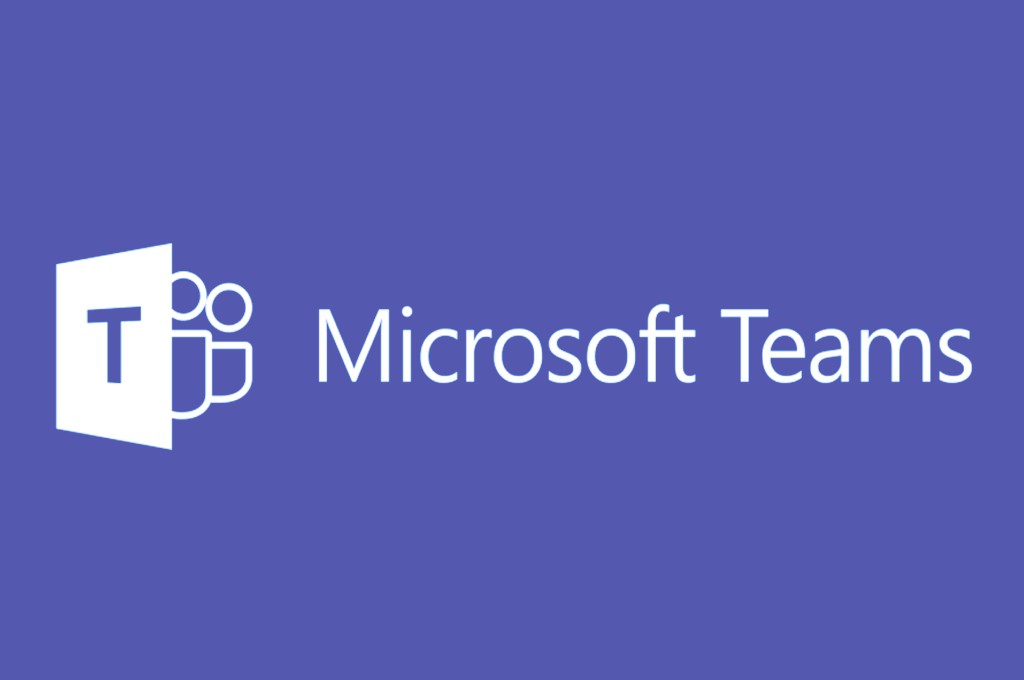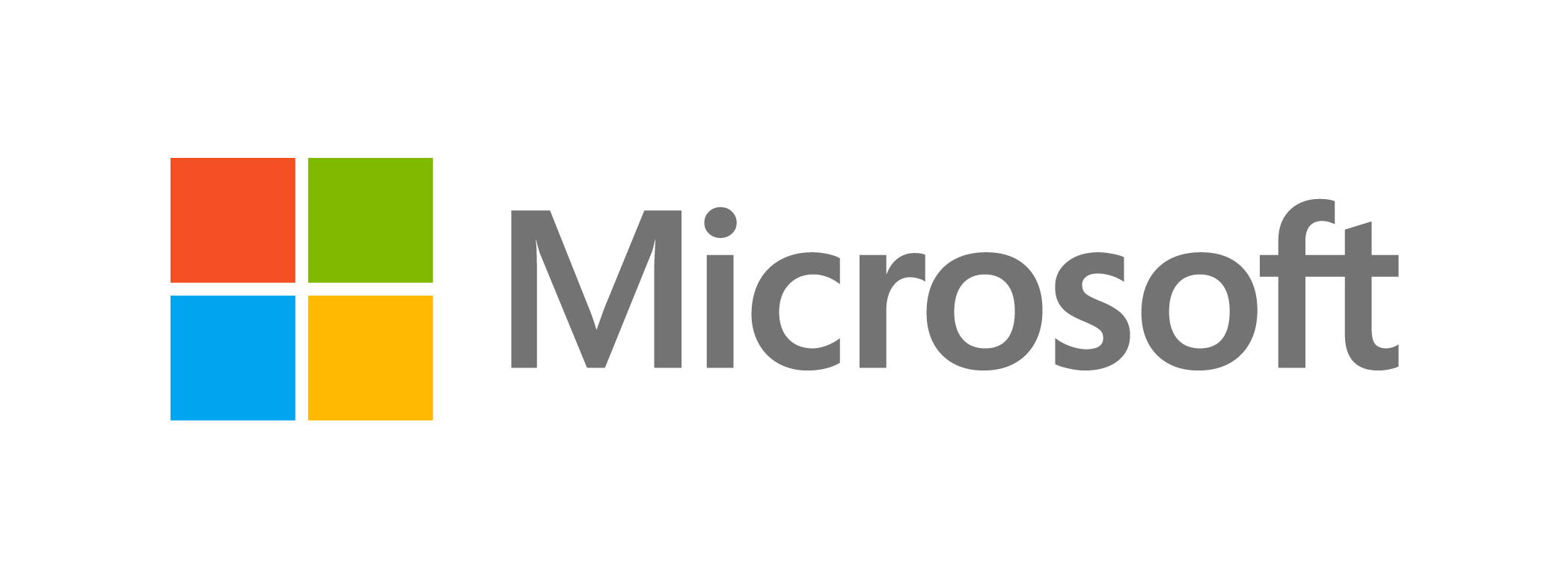There are three Microsoft 365 tools that are typically used for office communication and collaboration: Microsoft 365 Groups, Yammer, and Microsoft Teams. While these three are similar, did you know that there are subtle differences that set them apart from each other? Let’s take a look at some of these.

Microsoft 365 Groups
Every member of a Microsoft 365 Group receives a shared inbox, calendar, project planner, notebook, and document library. You can also integrate third-party apps into Groups, such as Twitter, Trello, and Mailchimp, so that notifications are delivered directly to your shared inbox.
This means that all relevant messages and information are sent to a single location, so Microsoft 365 Groups is ideal if your organisation normally communicates via email. Furthermore, HR and sales departments that communicate with third parties will find its email features useful.
However, one significant disadvantage of Microsoft 365 Groups is email overload. Because all messages and notifications are delivered to a single inbox, users may become overwhelmed by the volume of emails they must sort through each day.

Microsoft Teams
Microsoft Teams, a chat-based collaboration platform, integrates with Skype for Business, allowing you to text, call, video chat, and share files with coworkers. You can even work on shared files without leaving the app, thanks to its seamless integrations with other Microsoft 365 apps.
Microsoft Teams, as opposed to Groups, is designed for more advanced collaboration, making it ideal for completing projects with tight deadlines or other tasks that require immediate feedback.
Yammer
Yammer, like Groups and Teams, integrates well with other Microsoft 365 tools such as Outlook and OneDrive. Yammer, on the other hand, is a professional social media app designed to encourage open communication and break down barriers between teams.
Yammer functions as a virtual office bulletin board, allowing important files and announcements to be shared with the entire company via this platform. Users can also see the most popular posts in their feeds, follow them, and even leave comments on them.
Yammer also borrows design elements and features from social media apps such as Facebook, making it a popular choice for businesses with millennial employees.
Although we’ve discussed the fundamental differences between Groups, Teams, and Yammer, we’ve barely scratched the surface of what each app can do. To figure out which apps you need, you must understand how your employees work, how they like to collaborate with one another, and what you want to achieve from such collaborations.
Fortunately, there’s another way to find the right app for your business: ask the experts. Contact us today for an IT assessment!












